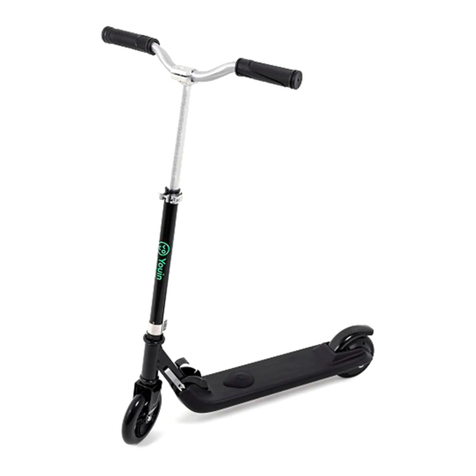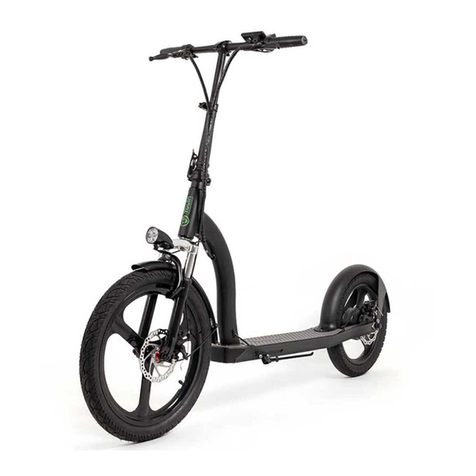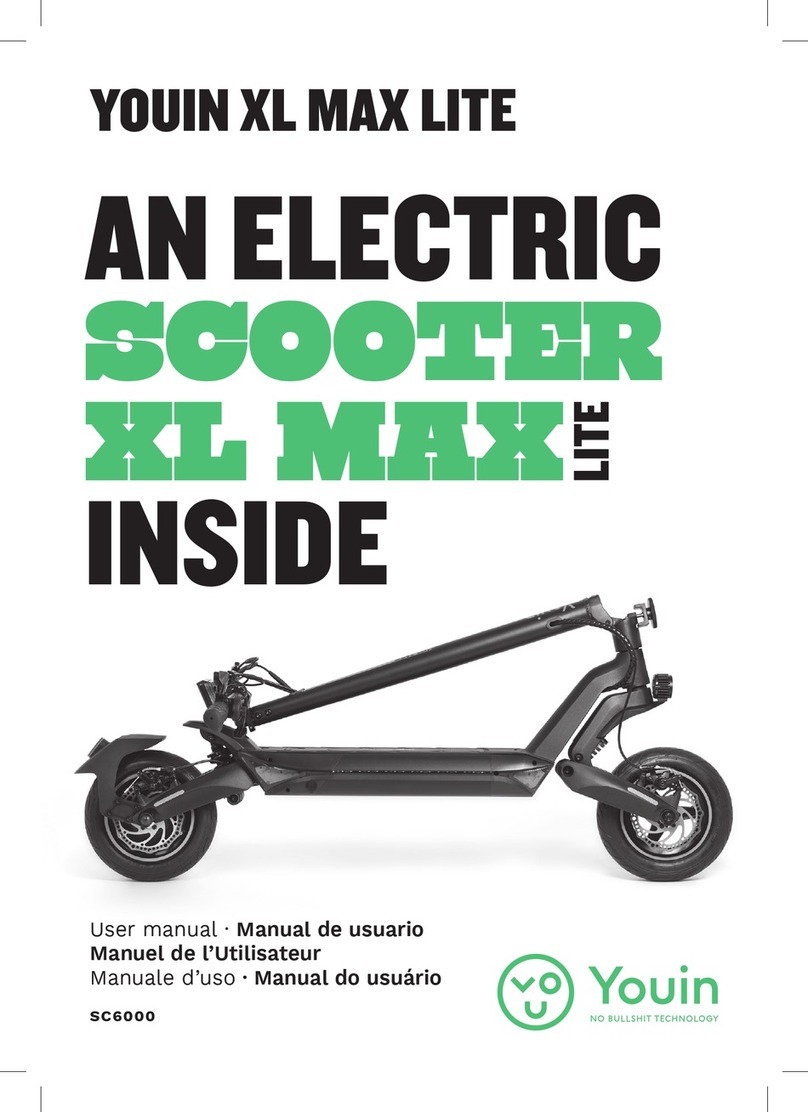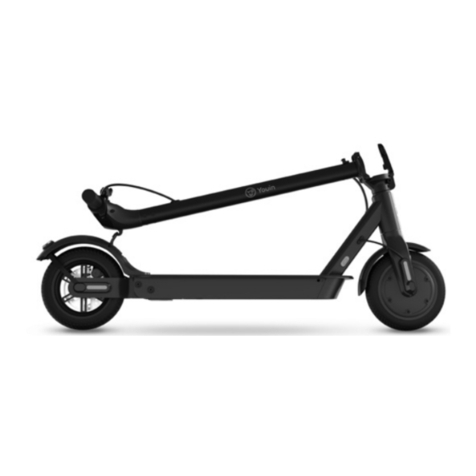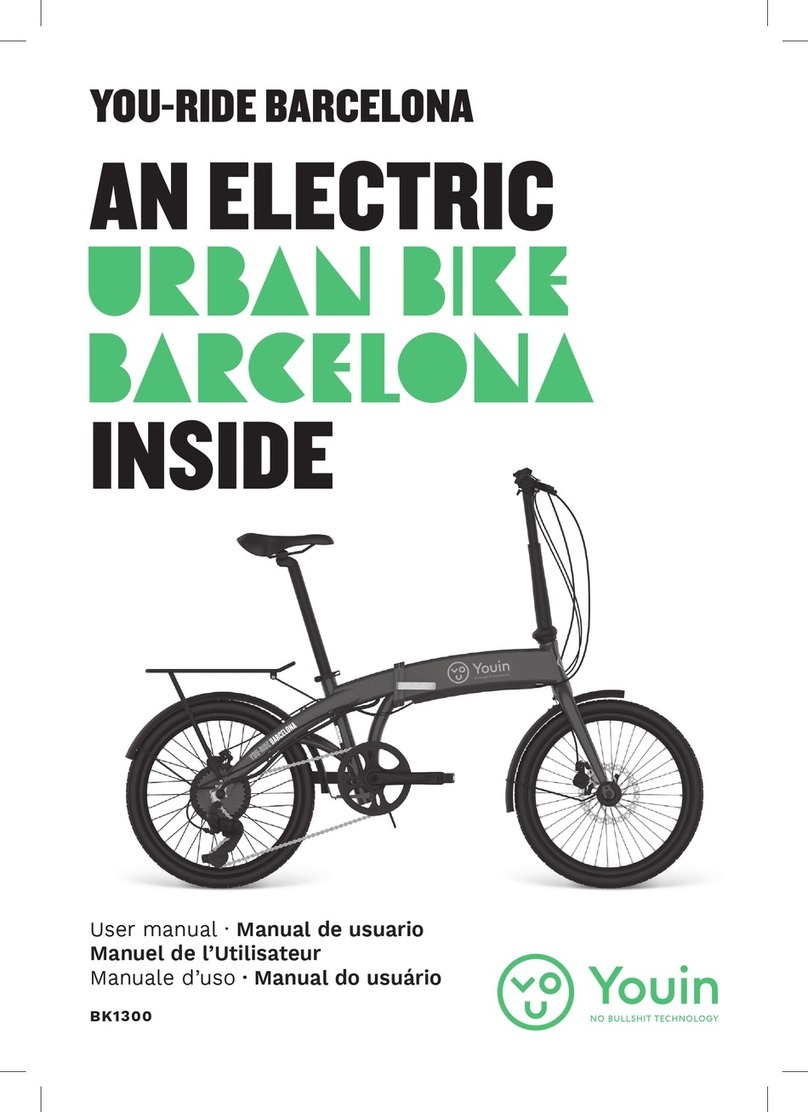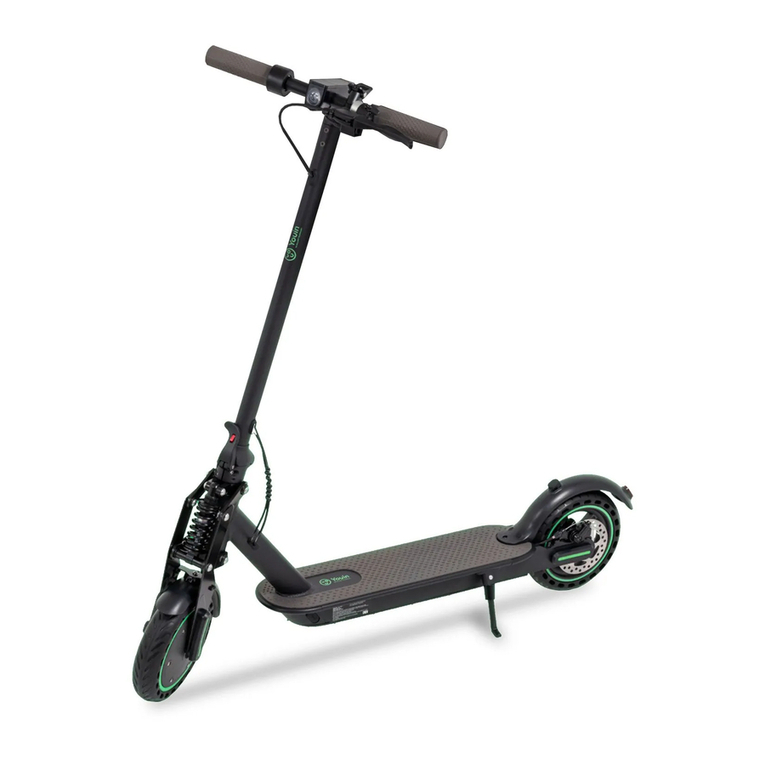
4
About this Manual
Why you should read this manual
This manual is written to help you to get the best performance, comfort, enjoyment
and safety when riding your new E-bike. The manual describes specific care and
maintenance procedures that help protect your warranty and ensure years of trouble
free use. Please pay particular attention to the section on battery charging and
maintenance.
It is important for you to understand the features and operation of your new E-bike
so that you can get maximum enjoyment with maximum safety. By reading this
manual before you go on your first ride, you’ll know how to get the most from your
new E-bike.
It is also important that your first ride on a new E-bike be taken under a controlled
environment, away from cars, obstacles and other cyclists.
WARNING
Cycling can be a hazardous activity even under the best circumstances, Giving Proper
maintenance to your E-bike is your responsibility as it helps to reduce the risk of injury.
This manual contains many “Warnings” and “Cautions” concerning the consequences
of failure to maintain or inspect your E-bike. Many of the Warnings and Cautions say
“you may lose control and fall” Because any fall can result in serious injury or even
death, we do not repeat the warning of possible injury or death whenever the risk of
falling is mentioned. Please note that those risks are present.
Important safety information
Your E-Bike can provide many years of service, fun and fitness if you take good care
of it.
Understand the features of your E-Bike and become aware of the challenges that you
will meet on the road. There are many things you can do to protect yourself while
riding. We will offer many recommendations and safety tips throughout this manual.
The following are those that we believe are the most important.
Always Wear A Helmet!
Helmets significantly reduce the possibility and severity of head injuries. Always wear
a helmet that complies with your state laws when riding the E-Bike.
Check with your local police department for requirements in your community.
Do not wear loose clothing that can become tangled in the moving parts of the
E-Bike. Wear sturdy shoes and eye protection. Also check your state laws concerning
other protective wear that may be required when riding the E-Bike.
Know your E-Bike!
Your new E-Bike incorporates many features and functions that have never been built
into a bicycle before. Read this manual thoroughly to understand how those features
